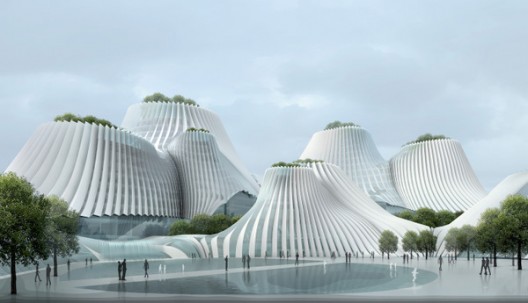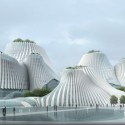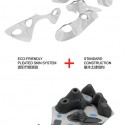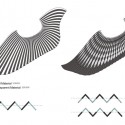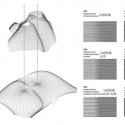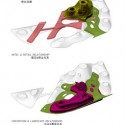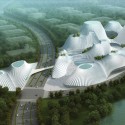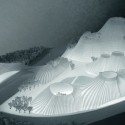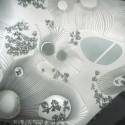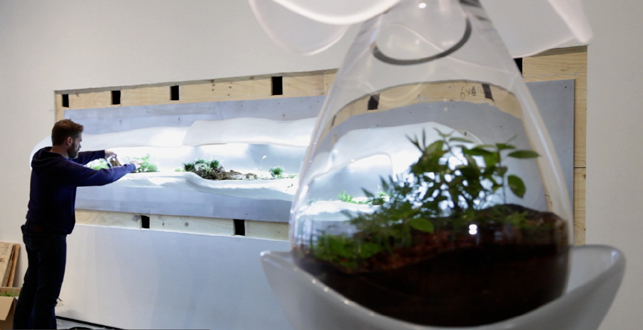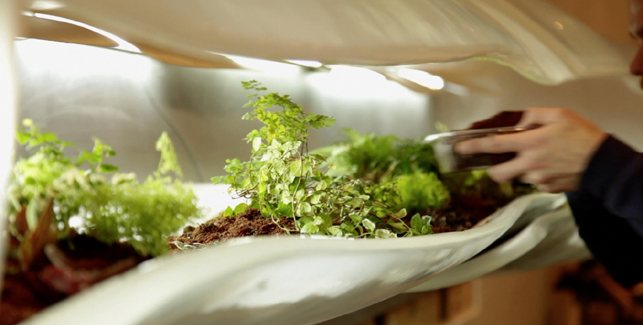Ping-Ling Farm, in southeastern Taipei County, hosted 3 international environmental artists from November 10 – 21, 2010. The artist-in-residency project introduced visitors, the local community and school children to environmental art and international artists and promoted cultural exchange about environmental issues. Ping Ling Farm is a private nature preserve and recreational park that promotes environmental education and nature awareness. This artist-in-residency project was the first time that Ping Ling Farm has invited artists to be in residence there and create works relating to the natural environment and educational programs at the Farm. The 3 international artists created site-specific environmental art installations from local natural materials and offered public programs for the visitors and local school groups. The artworks remain on view at Ping Ling Farm, and the public is invited to go and see them. This project was supported by the Taiwan Forestry Bureau and Ping Ling Farm.
The artists selected for this project are Jane Ingram Allen from the USA, Roger Tibon from the Philippines, and Lo, Yi-chun from Taiwan. Jane Ingram Allen is an American papermaking artist who has received grants for artist in residency projects in America, Japan, Nepal, Brazil, the Philippines, Bali Indonesia, and Tanzania, Africa as well as in Taiwan. Jane is also an independent curator and writer who has lived in Taiwan since 2004 when she came here with a Fulbright grant. Jane selected the other two artists for this project from artists she has worked with at other international environmental art festivals. Roger Tibon, from Baguio City, Philippines, has participated in many international festivals of environmental art in Korea, the Philippines, and Taiwan. Jane selected Roger to participate in the 2008 Guandu International Outdoor Sculpture Festival, and Roger created an outdoor environmental sculpture installation at Guandu Nature Park titled “The Shield” using local bamboo and reeds. Lo, Yi-chun of Taipei, Taiwan, received her MFA degree from the Taiwan National University of the Arts and has participated in many exhibitions in Taiwan. Jane selected Yi-chun to participate in the 2010 Cheng Long International Environmental Art Project, Yunlin County, Taiwan. For the Cheng Long project working with local school children and the community, Yi-chun created a sculpture installation titled “Listening” made from local bamboo and recycled oyster shells.
Here are the details and artist’s statements about the newly created artworks now on exhibition at Ping Ling Farm:
Artist: Roger Tibon, the Philippines
Title: Budding Dreams
Date Made: November 10 - 21, 2010
Dimensions: Variable, 8 units
Materials: Bamboo, rice straw, rope, twine
Statement: A dream is like a budding flower.
Nurtured by the rain and sun.
Blossoming into its fullness.
We dream of many things.
Big and small. A dream of hope. A wish.
A delicate vision that we aspire for.
A journey we choose towards a
caring fullness blossoming inside us.
Artist: Yi-Chun Lo, Taiwan
Title: Transformation
Date Made: November 10 – 21, 2010
Materials: Bamboo, rattan, rice straw, rope, carpet
Dimensions: 250cm(H)×300cm(W)×780cm(L)
Statement: I built a cocoon-like shape on a pathway at Ping Ling Farm in between trees. It was made of 3 rattan rings and covered by several weavings of bamboo strips. I utilized the bamboo’s natural bendable quality, from the front to the back. The cocoon is a symbol of the process of creation and transformation, following nature’s delicate life cycles.
Artist: Jane Ingram Allen, USA
Title: Shuang-Xi Site Map – Come Together
Date Made: November 10 - 21, 2010
Dimensions: 150 cm x 80 cm, 2-sided suspended construction
Materials: Handmade paper created from plants of Ping Ling Farm, thread, acrylic paint and gel, natural and found materials
Statement: This artwork in the shape of Shuang-Xi reflects my experience at Ping Ling Farm for 10 days as an artist in residence. This township, known as the place where two rivers come together, is also a place where friendly people come together to welcome visitors, help make artworks and enjoy nature. One side of this map shows the natural world, and the other side shows the culture I experienced here.
Artist: Jane Ingram Allen, USA
Title: Butterfly Heaven at Ping Ling Farm
Date Made: November10-21, 2010
Dimensions: Variable, 125 units, each 30 x 20 x 25 cm
Materials: Handmade paper created from plants collected at Ping Ling Farm, found natural materials, string, glue
Statement: This installation, inspired by the tremendous numbers of butterflies I saw at Ping Ling Farm, calls attention to the importance of preserving habitat where butterflies can flourish. The many different species and tremendous variety in “butterfly heaven” are expressed with each piece being unique and created by an individual participant. Students from the local elementary school and adult volunteers and visitors at Ping Ling Farm made the many butterflies in this installation.
For more information, please contact:
Jane Ingram Allen
Tel: 09-3037-5160
Ping Ling Farm
Tel: 09-1118-9406
















